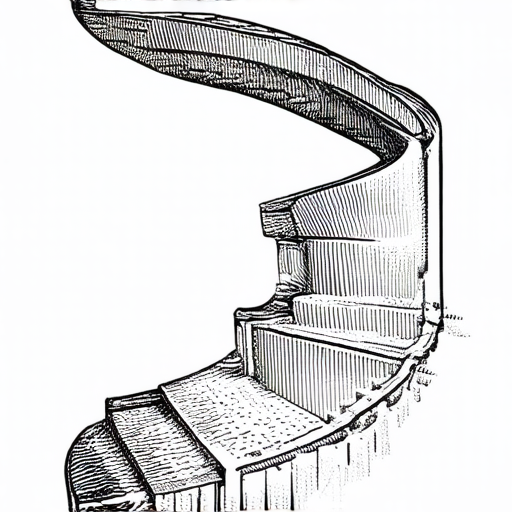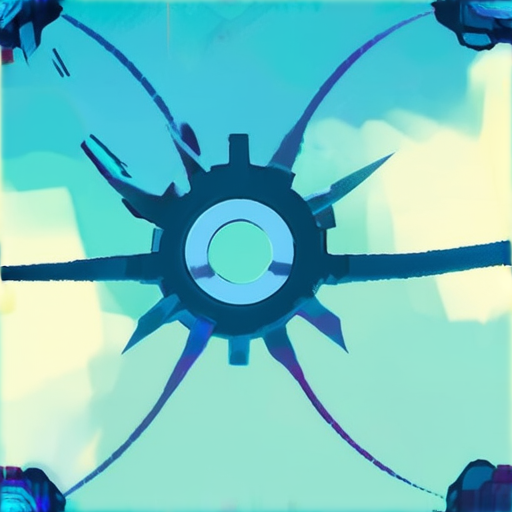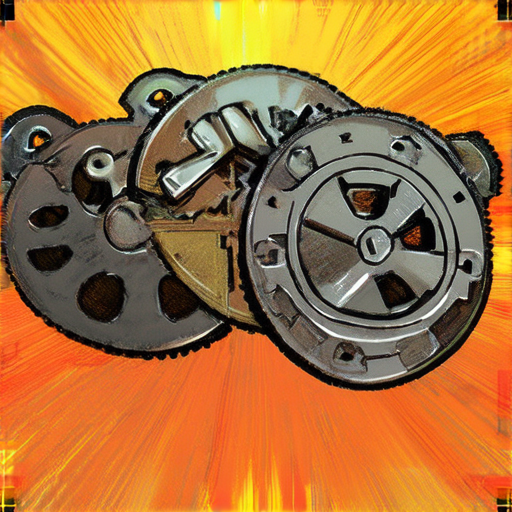The art of storytelling has captivated human imagination for centuries, weaving intricate narratives that transport us to new worlds, evoke emotions, and challenge our perspectives. At the heart of every compelling tale lies a well-crafted narrative structure, a blueprint that guides the writer or filmmaker through the twists and turns of their story. But what exactly is narrative structure, and how does it shape the way we experience a narrative? In this comprehensive guide, we’ll delve into the essential components of narrative structure, explore its various forms and applications, and examine the ways in which it contributes to the magic of storytelling.

Narrative Structure: Understanding the Five Key Elements
The narrative structure is the foundation upon which stories are built, and understanding its five key elements can elevate your writing to new heights.
-
Exposition
This is the beginning of the story, where the setting, characters, and situation are introduced.
- Establishes the context and background information
- Sets the tone and mood for the rest of the story
- Introduces the protagonist and antagonist
-
Rising Action
This is the series of events that builds tension and creates conflict, driving the plot forward.
- Creates suspense and keeps the reader engaged
- Develops the characters and their relationships
- Raises the stakes and increases tension
-
Climax
This is the most intense and critical moment in the story, where the conflict reaches its peak.
- Creates a sense of urgency and raises the stakes
- Tests the protagonist’s abilities and resolve
- Resolves the conflict and brings the story to a head
-
Falling Action
This is the sequence of events that follows the climax, where the conflict is resolved and the story begins to wind down.
- Ties up loose ends and resolves subplots
- Provides closure and a sense of resolution
- Prepares the reader for the conclusion
-
Resolution
This is the final part of the story, where the conflict is fully resolved and the story concludes.
- Provides a sense of completion and satisfaction
- Leaves a lasting impression on the reader
- Encourages reflection and analysis
The 5 Step Narrative Structure
A well-crafted story requires a solid foundation, and the 5-step narrative structure provides just that.
-
Step 1: Exposition
This initial stage sets the scene, introducing characters, setting, and conflict. A strong exposition lays the groundwork for the rest of the story, establishing the protagonist’s goals and motivations.
-
Step 2: Rising Action
As the story unfolds, tension builds through a series of events that propel the protagonist toward their goal. This phase typically involves obstacles, setbacks, and challenges that test the character’s resolve.
-
Step 3: Climax
The turning point of the story, the climax marks the most intense moment of conflict, often resulting in a dramatic shift in the protagonist’s circumstances. This pivotal event propels the narrative forward, setting the stage for the final act.
-
Step 4: Falling Action
In the aftermath of the climax, the story begins to unwind, and the consequences of the protagonist’s actions become apparent. This phase resolves loose ends, ties up plot threads, and prepares the audience for the conclusion.
-
Step 5: Resolution
The final stage brings closure to the story, providing a sense of completion and satisfaction. A well-executed resolution ties together the various threads, leaving the audience with a lasting impression of the narrative.
By mastering the 5-step narrative structure, writers can craft engaging stories that captivate audiences and leave a lasting impact.

Narrative Structure and Examples
Narrative structure refers to the way in which a story is organized and presented to the reader or audience.
- The elements of plot, character, setting, and theme are essential components of narrative structure.
- A strong narrative structure helps to engage the reader and convey the author’s intended meaning.
- There are several types of narrative structures, including linear, non-linear, and episodic.
- Linear narrative structures present events in chronological order, while non-linear structures jump back and forth in time.
- Episodic narrative structures consist of a series of loosely connected episodes or scenes.
Examples of Narrative Structures
- Linear Narrative Structure: In a novel like Jane Austen’s Pride and Prejudice, the events unfold in chronological order, allowing the reader to follow the characters’ journey from beginning to end.
- Non-Linear Narrative Structure: In a film like Memento, the events are presented out of chronological order, with the protagonist suffering from short-term memory loss and piecing together his past through fragmented memories.
- Episodic Narrative Structure: In a collection of short stories like Raymond Carver’s What We Talk About When We Talk About Love, each episode or scene presents a self-contained narrative that explores themes of love, relationships, and human connection.
Key Elements of Narrative Structure
- Plot: The sequence of events that makes up the narrative.
- Character: The people or entities that drive the plot forward and interact with each other.
- Setting: The time and place in which the story takes place.
- Theme: The underlying idea or message that the narrative conveys.
Techniques Used in Narrative Structure
- Pacing: The speed at which the narrative unfolds, influencing the reader’s emotional response.
- Tone: The attitude or mood conveyed by the narrative, affecting the reader’s interpretation.
- Point of view: The perspective from which the narrative is told, shaping the reader’s understanding.

Narrative Structure
I’ve often been asked about the various forms of narrative structure, and I’m happy to share my insights on the subject.
- Linear Narrative Structure: A linear narrative structure is one where events unfold in a chronological order, typically beginning with an exposition, followed by rising action, climax, falling action, and resolution. This type of structure is commonly found in novels, films, and plays.
- Nonlinear Narrative Structure: Nonlinear narrative structures deviate from the traditional chronological order, often jumping between past and present, or using non-linear storytelling techniques such as flashbacks, flashforwards, and unreliable narrators. Examples of nonlinear narratives can be seen in films like “Memento” and literature like James Joyce’s “Ulysses”.
- Circular Narrative Structure: Circular narrative structures feature a story that begins and ends with the same event or situation, often with a twist or revelation in between. This type of structure creates a sense of closure and completion, as the story returns to its starting point. Think of a novel like “The Stranger” by Albert Camus, which begins and ends with the protagonist’s murder trial.
In addition to these three primary types of narrative structure, there are other variations worth mentioning, such as parallel and interactive plot structures. Parallel plots involve multiple storylines that run concurrently, while interactive plot structures engage the audience through choices or decisions that affect the outcome of the story.
As a writer, understanding the different types of narrative structure can help you craft compelling stories that captivate your audience. By experimenting with various structures, you can find the approach that suits your unique vision and style.
The Three Essential Elements of a Narrative
In my experience as a writer, I’ve come to understand that crafting a compelling narrative requires a deep understanding of its fundamental building blocks.
-
Exposition
- Character Introduction: Introduce the protagonist and antagonist, establishing their motivations and goals.
- Setting Description: Describe the time period, location, and cultural context in which the story takes place.
- Pacing: Establish the tone and pace of the narrative, drawing the reader in and setting the stage for the events that unfold.
-
Rising Action
- Conflict Escalation: Increase the stakes and intensity of the conflict, testing the protagonist’s abilities and resolve.
- Plot Twists: Introduce unexpected turns of events that challenge the protagonist and keep the reader guessing.
- Tension Building: Use descriptive language and sensory details to create a sense of urgency and anticipation.
-
Climax and Resolution
- Climactic Moment: Create a dramatic and intense moment that resolves the conflict and ties up loose ends.
- Resolution: Provide a satisfying conclusion that wraps up the story and leaves the reader feeling fulfilled.
- Denouement: Offer a final reflection on the events of the story, providing insight and context for the reader.
This element sets the stage for the story, introducing the characters, setting, and situation. A well-crafted exposition draws the reader into the world of the narrative, making them invested in the outcome.
This element drives the plot forward, creating tension and conflict that propels the story toward its climax. The rising action should be carefully crafted to keep the reader engaged and invested in the outcome.
The climax marks the turning point of the narrative, where the conflict reaches its peak and the protagonist faces their greatest challenge. The resolution brings the story to a close, tying up loose ends and providing closure for the reader.
By mastering these three essential elements, you’ll be well on your way to crafting a compelling narrative that engages and inspires your readers.

Understanding the Three-Act Narrative Structure
The three-act narrative structure is a fundamental concept in storytelling that has been widely adopted across various forms of media, including literature, film, and theater.
- Act 1: Setup
- Introduce the protagonist and their goals
- Establish the setting and its significance
- Present the central conflict or problem
- Act 2: Confrontation
- The protagonist encounters setbacks and failures
- They must adapt and evolve in response to changing circumstances
- The conflict reaches a climax, leading to a turning point
- Act 3: Resolution
- The protagonist achieves their goal or finds a new path forward
- The conflict is resolved, and the story concludes
- The audience is left with a sense of satisfaction and completion
This act sets the stage for the story, introducing the protagonist, setting, and conflict. It establishes the tone and pace of the narrative, drawing the audience into the world of the story.
In this act, the protagonist faces obstacles and challenges as they work towards resolving the conflict introduced in Act 1. The stakes are raised, and the tension builds as the protagonist navigates the complexities of the situation.
In the final act, the protagonist resolves the conflict, and the story reaches its conclusion. This act ties together loose ends, provides closure, and leaves a lasting impression on the audience.
The three-act narrative structure provides a solid foundation for crafting engaging stories that captivate audiences and leave a lasting impact.

0 Comments